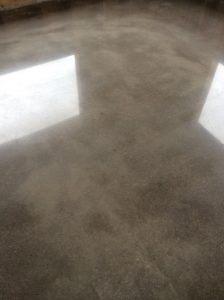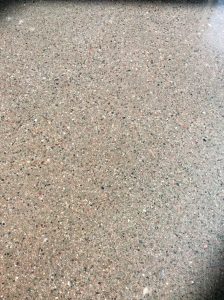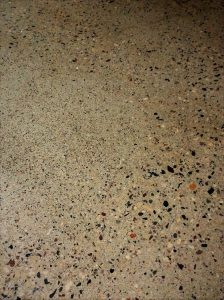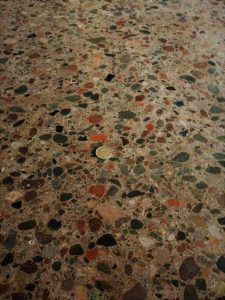Polished Concrete
Polishing concrete is similar to sanding wood. Machines equipped with diamond segmented abrasives (akin to sandpaper) are used to grind down concrete surfaces to the desired degree of shine and smoothness. Whether new or old concrete, a high-gloss finish that needs no waxing or coatings together with superior durability and lasting performance, is quickly becoming the standard in flooring for stores, warehouses, offices, and other commercial applications. Even homeowners are catching on to the benefits of these smooth and durable floors.
- BEFORE
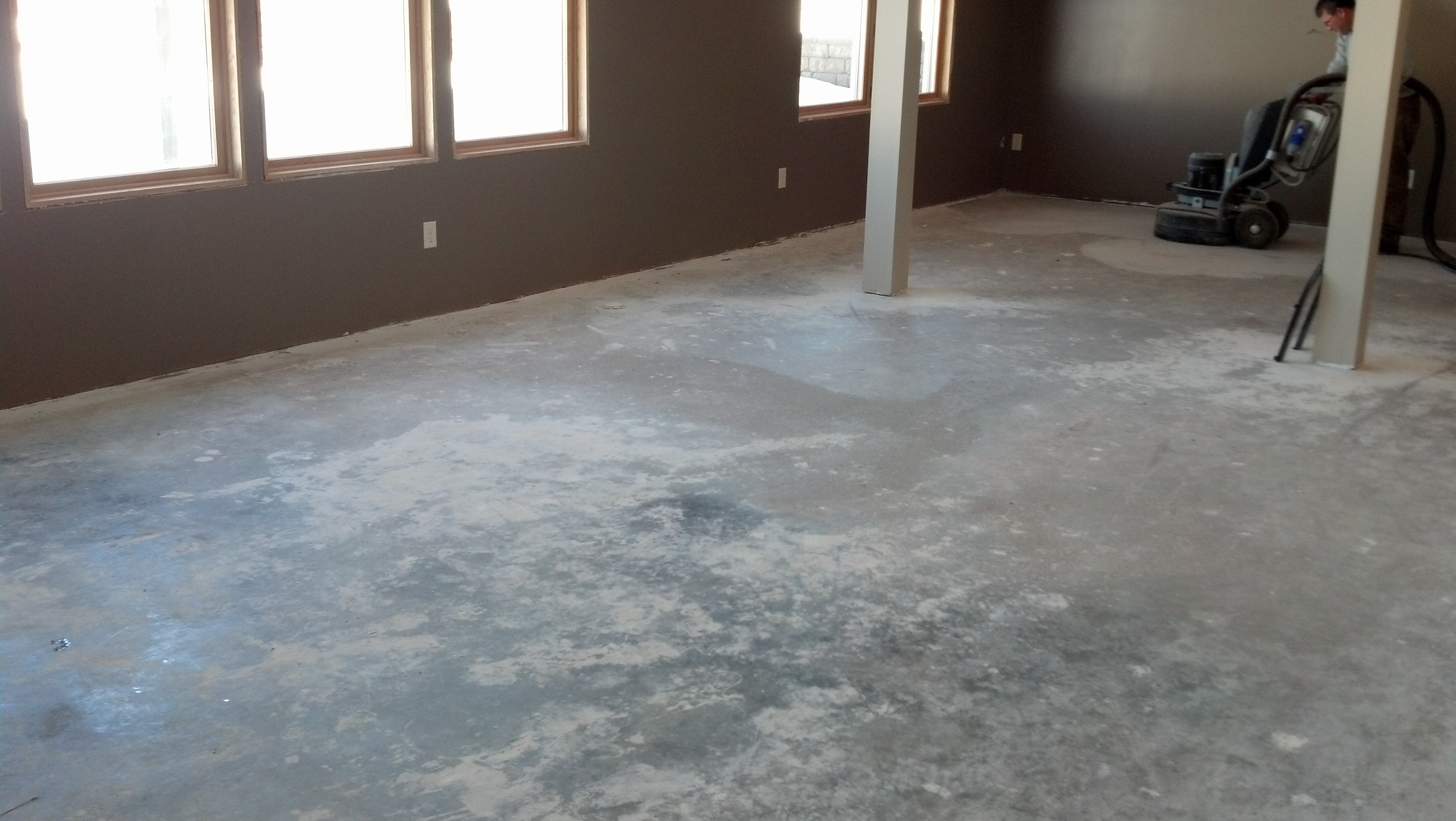
- AFTER
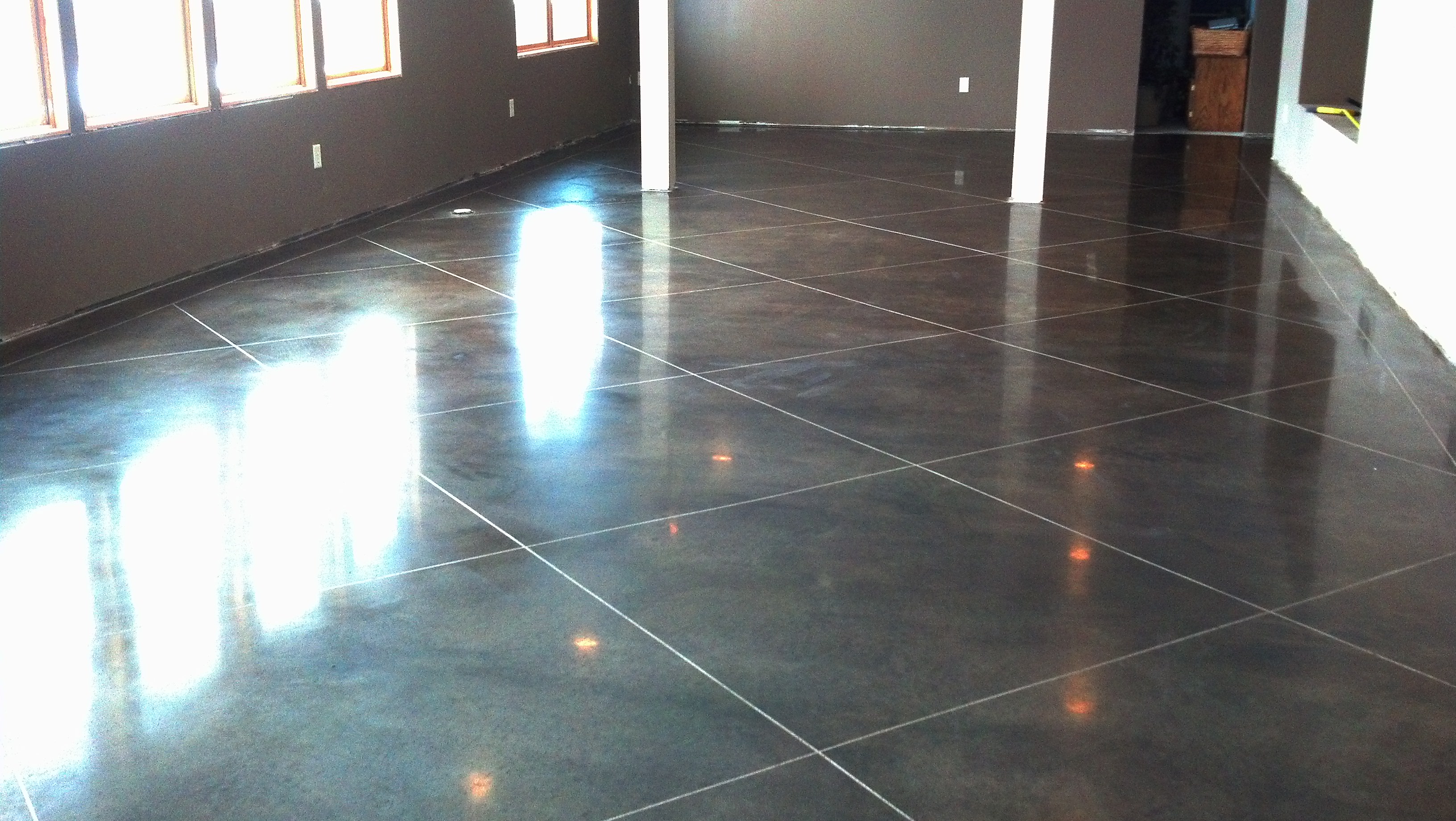
Definition of Polished Concrete
Processing of the concrete surface using a bonded diamond abrasive until the desired level of reflective clarity and sheen is achieved. Polished concrete pricing is basically dependent upon how many levels of grinding will be required to get the floor to a suitably smooth surface. The cost for polished concrete can go up from there depending upon any decorative effects that are applied. Polished concrete cost tends to be more economical with large spaces.
Surface cut: The measurable amount of concrete removed at the slabs surface during the initial grinding.The concrete Polishing Association of America states the product classifications of surface cut are as follows:
